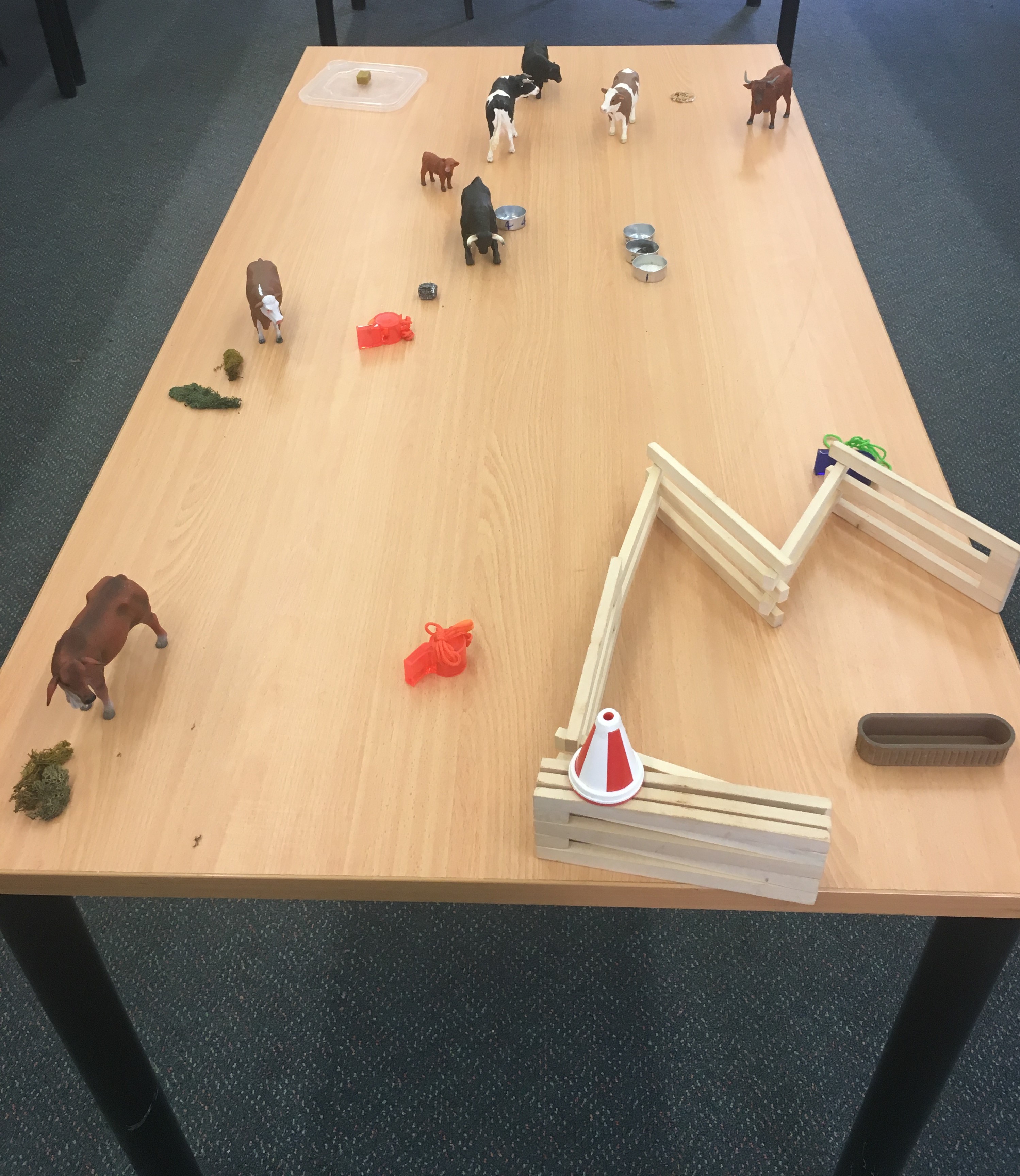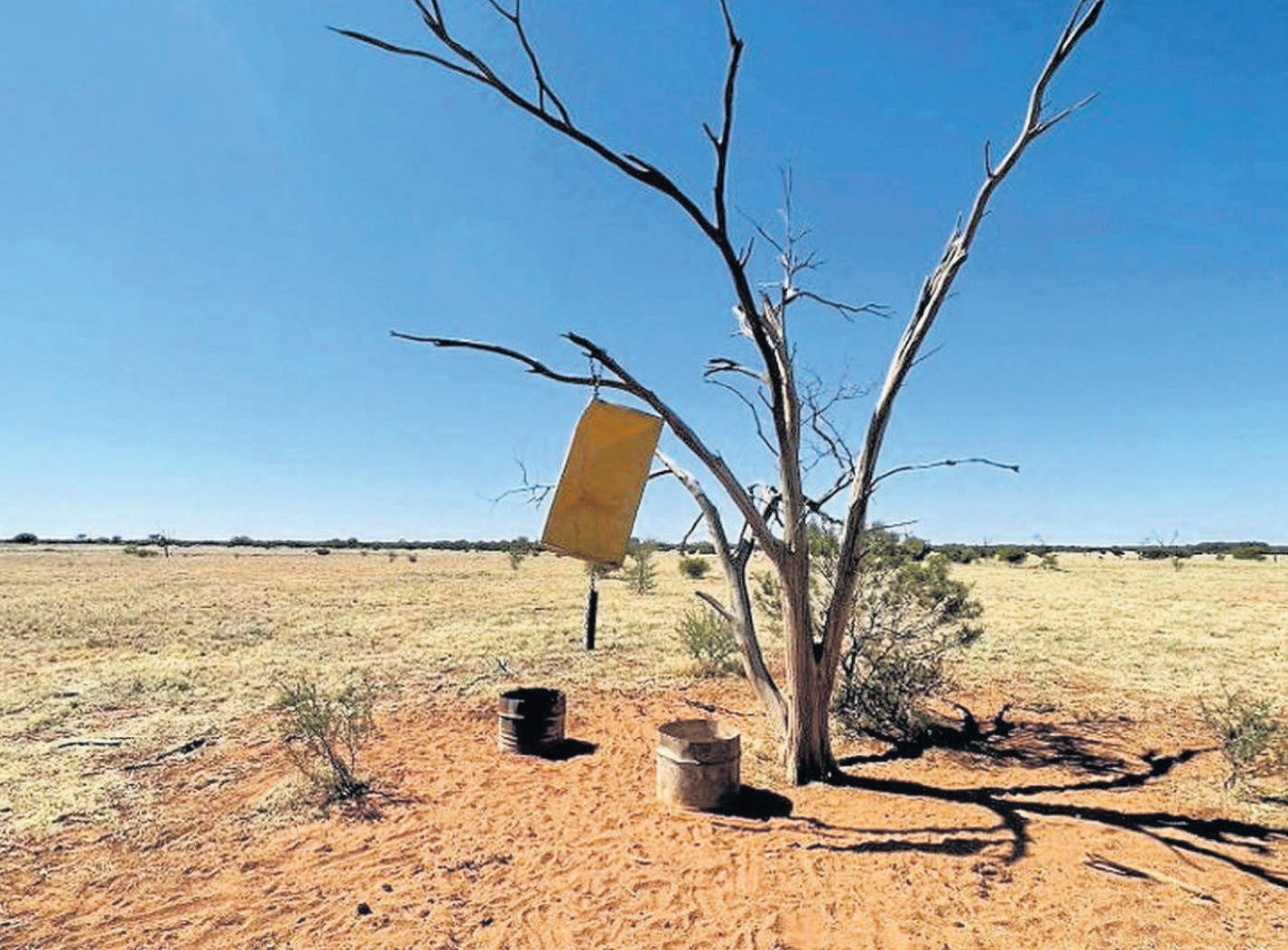Central Australian Self Herding (CASH)
Central Australian Self Herding (CASH) is a five year project being rolled out across the region. It is a collaboration between Bruce Maynard, a passionate farmer and co-developer of the Maynard and Revell self herding and self shepherding management practices. Bruce, and the local livestock team in Alice Springs are working with producers in the region to discuss how self herding could assist them by solving problems through animal behaviour.
Uneven grazing distribution in the extensive areas of Central Australia has resulted in overutilisation and underutilisation of pastoral grazing lands. There have been a limited number of practical options for re-distributing grazing pressure on an ongoing basis in the large scale and low carrying capacity rangelands (e.g. new water points, turning off waters and extensive fencing investments).
Self Herding offers a number of strategies for landholders to encourage utilisation in less grazed areas while simultaneously reducing pressure and impacts in overused areas. It is anticipated that repositioning grazing pressure into previously underutilised areas will increase production and enhance landscape repair. This new field of management will assist Central Australian beef producers to achieve triple bottom line improvements with cost effective investments while ensuring long-term land sustainability.
The effects of unmanaged grazing can be large and easily observable but not necessarily easily quantifiable in rangeland settings. This project will examine the amount of change possible across the landscape by implementing tools that can achieve improvements in the control of livestock. Giving people more tools in their management tool-box to observe and manage grazing using animal behavioural change empowers them and helps build resilient actions into the future.
Self Herding principles were first introduced to Central Australian pastoralists in late 2019 with short seminars and producer group meetings on two stations. The concepts and methods were well received and stimulated progressive discussion regarding how Self Herding techniques could be applied to local landscape and production issues. The participants expressed their support for a locally based program to explore the various applications of Self Herding across several seasons.
The Central Australian Self Herding project aims to:
- Demonstrate and validate that greater production and improved landscape function can be achieved through redistribution of grazing using the application of self-herding techniques in Central Australia.
- Support at least 80% of core producers and 50% of the observing producers to adopt some or all of the Self Herding techniques demonstrated, leading to changes in grazing patterns and production benefits.
- Achieve 100% of core producers and 80% of observer producers demonstrating increased knowledge and skills in Self Herding techniques.
- Undertake a cost/benefit analysis of all concomitant and ancillary benefits versus time, effort and variable costs incurred in the establishment of Self Herding techniques.
How? Financial (productivity, labour costs etc) and environmental (ground cover, pasture utilisation) benefits will be obtained from a combination of:
i) Visitation to grazing areas not previously utilised by livestock.
ii) A change of livestock grazing patterns.
iii) A reduction in habitually over-used areas associated with home ranges.

Duration:
2020-2025
Contacts:
Lakota Taber, Pastoral Technical Officer, email: Lakota.Taber@nt.gov.au or phone 08 8951 8144
Alison Kain, Pastoral Production Officer, email: Alison.Kain@nt.gov.au or phone 08 8951 8111.

Case study:
 During the dry conditions of 2019, Lyndavale and Mount Ebenezer station owners Ross and Joanne Stanes opened up previously ungrazed areas and installed many watering points. However, keeping cattle from returning to their home range was proving to be difficult, until they started using self herding techniques. Read more…
During the dry conditions of 2019, Lyndavale and Mount Ebenezer station owners Ross and Joanne Stanes opened up previously ungrazed areas and installed many watering points. However, keeping cattle from returning to their home range was proving to be difficult, until they started using self herding techniques. Read more…
Project partners:
The project is funded by Meat & Livestock Australia (MLA) and the Northern Territory Department of Industry, Tourism and Trade, with significant in-kind contributions from producers in the region.
The project is part of the MLA Producer Demonstration Site program designed to increase the rate of adoption of key management practices and technologies that improve business profitability, productivity and sustainably.